Solar Incentives And Rebates For 2024: All You Need To Know
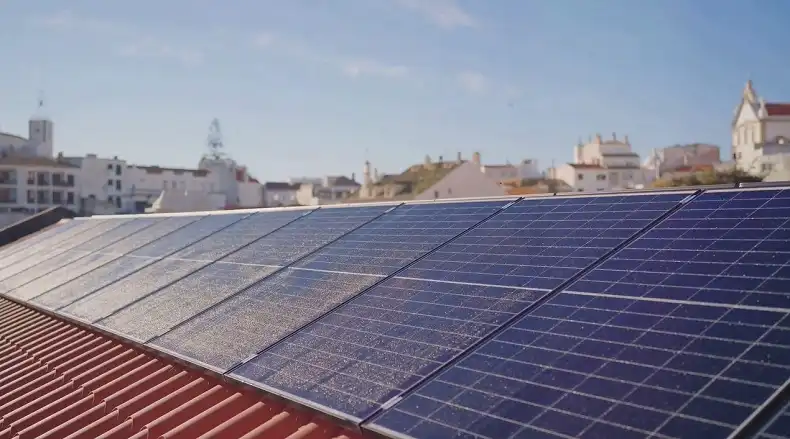
Solar energy is a clean, renewable power source that can significantly reduce your electricity bills and carbon footprint. However, the upfront cost of installing solar panels can be a barrier for many homeowners.
The good news is that numerous solar incentives and rebates are available to make going solar more affordable. These financial perks come from various sources, including the federal government, state and local authorities, and utility companies.
The most significant of these is the federal solar investment tax credit (ITC), which allows you to deduct 30% of your solar system costs from your federal taxes.
This article will guide you through the maze of solar incentives and rebates, helping you understand how to maximize your savings and make the switch to solar energy more accessible than ever.
1. Federal Solar Investment Tax Credit (ITC)
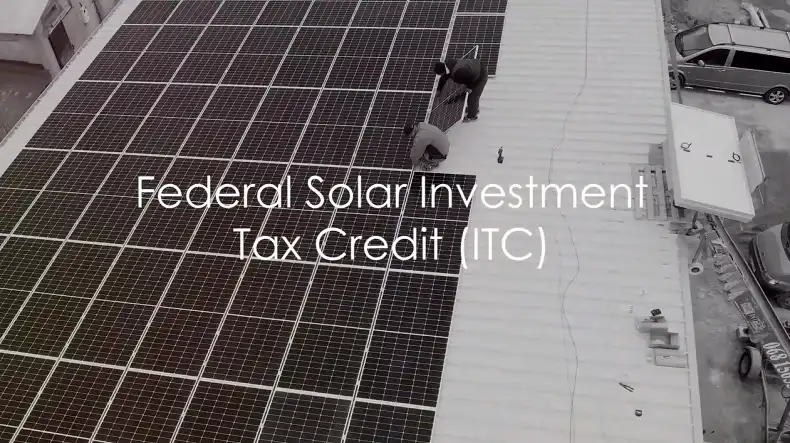
The federal solar investment tax credit (ITC) is the cornerstone of solar incentives in the United States. It’s a powerful tool that can significantly reduce the cost of going solar for homeowners and businesses alike.
Overview of the federal tax credit: The ITC allows you to deduct a percentage of your solar system costs from your federal taxes.
This includes expenses for equipment, installation, and even permitting fees. It’s a dollar-for-dollar reduction in the amount of income tax you would otherwise owe.
Current rates and future changes: As of 2024, the ITC stands at 30% of your total solar system cost. This rate will remain in effect until 2032, providing a substantial window of opportunity for those considering solar.
However, it’s important to note that the credit will begin to phase out after 2032:
- 2024-2032: 30% tax credit
- 2033: 26% tax credit
- 2034: 22% tax credit
- 2035 and beyond: No federal tax credit for residential solar energy systems
Eligibility Requirements:
To qualify for the ITC, you must meet the following criteria:
- Your solar PV system was installed between January 1, 2017, and December 31, 2034.
- The system is located at your primary or secondary residence in the United States.
- You own the solar PV system (purchased with cash or through financing).
- The system is new or being used for the first time.
It’s worth noting that there’s no maximum amount that can be claimed, making this incentive particularly attractive for larger solar installations.
2. State-Level Solar Incentives
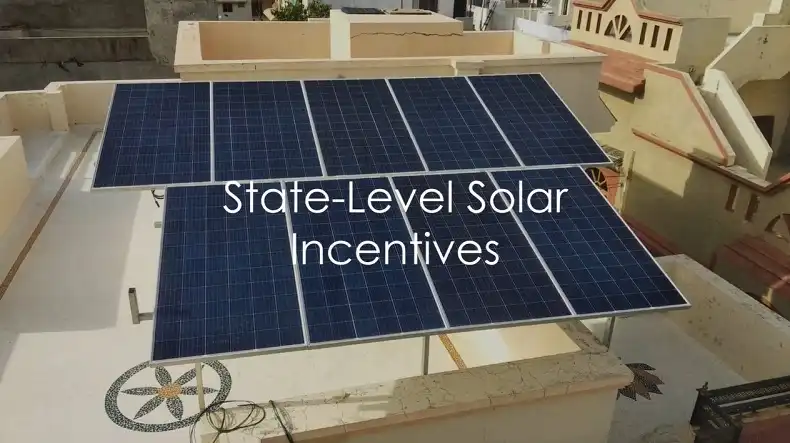
While the federal ITC is available nationwide, many states offer additional incentives to further encourage solar adoption.
These incentives can vary widely from state to state, so it’s essential to research what’s available in your area. Here are some common types of state-level solar incentives:
Tax Credits
Similar to the federal ITC, some states offer their own tax credits for solar installations. These credits can be claimed on your state tax return, further reducing your overall tax burden.
For example, South Carolina offers a tax credit worth 25% of the total cost of a solar system, including installation. You can roll over any extra credits for up to 10 years, making it a valuable long-term incentive.
Rebates
Solar rebates are upfront incentives that directly reduce the cost of your solar installation. These are often offered by state governments or utility companies.
For instance, some states provide rebates based on the size of your solar system, offering a certain amount per watt installed. These rebates can significantly lower your initial investment in solar.
Property Tax Exemptions
Many states offer property tax exemptions for solar installations. This means that the added value of your solar system to your home won’t increase your property taxes.
Currently, 36 states offer some form of property tax exemption for solar energy systems. This incentive ensures that you can enjoy the benefits of solar without worrying about a hike in your property tax bill.
Sales Tax Exemptions
Some states also provide sales tax exemptions on solar equipment purchases. This can lead to substantial savings, especially in states with high sales tax rates.
As of now, 25 states offer sales tax exemptions for solar energy equipment. These exemptions typically cover solar panels, inverters, mounting equipment, and sometimes even installation costs.
State-level incentives can make a significant difference in the overall cost and return on investment of your solar system.
However, it’s important to note that these incentives can change over time, and some may have caps or expiration dates.
Always check with your local solar installer or state energy office for the most up-to-date information on available incentives in your area.
3. Utility Company Incentives
In addition to federal and state incentives, many utility companies offer their own programs to encourage solar adoption.
These incentives can further reduce your costs and improve the return on your solar investment. Here are some common utility-based incentives:
Net Metering
Net metering is one of the most important policies for residential solar users. It allows you to send excess electricity generated by your solar panels back to the grid in exchange for credits on your utility bill. Here’s how it works:
- During sunny days, your solar panels often produce more electricity than your home needs.
- This excess electricity is sent to the grid, and your meter runs backwards.
- At night or on cloudy days when your panels aren’t producing enough, you draw electricity from the grid.
- At the end of your billing cycle, you’re only billed for your “net” energy use.
In some cases, if you produce more than you use, you might even see a credit on your bill. The value of these credits can vary:
- Some utilities offer credits at the full retail rate of electricity.
- Others may offer credits at a lower wholesale rate.
- A few might not offer credits at all, but this is becoming less common.
Net metering can significantly enhance the value of your solar installation by ensuring you benefit from all the electricity your system produces.
Performance-Based Incentives (PBIs)
Some utilities offer performance-based incentives, which pay you for the electricity your solar system generates over time. Unlike rebates that reduce your upfront costs, PBIs provide ongoing benefits. Here’s what you need to know:
- PBIs are usually paid per kilowatt-hour (kWh) of electricity your system produces.
- Payments might be made monthly, annually, or at another set interval.
- The incentive rates are typically locked in when you install your system and don’t fluctuate with the market.
- PBIs can exist alongside net metering or other solar buyback programs.
While many PBI programs have been phased out, some utilities still offer them, providing an additional revenue stream for solar owners.
Rebates
Some utility companies offer rebates to customers who install solar panels. These are usually upfront incentives that directly reduce your installation costs. Utility rebates can take various forms:
- A fixed amount based on the system size (e.g., $500 per kilowatt installed)
- A percentage of the total system cost
- A set rebate amount per installation
To claim these rebates, you often need to meet specific criteria, such as using approved equipment or working with certified installers. Your solar installer can usually help you navigate the application process for these rebates.
Utility incentives can vary widely depending on your location and energy provider. It’s always a good idea to check with your local utility company or a reputable solar installer to understand what incentives are available in your area.
These programs can change over time, so staying informed about current offerings is crucial when planning your solar installation.
4. Solar Renewable Energy Certificates (SRECs)
Solar Renewable Energy Certificates (SRECs) represent another way for solar system owners to earn money from their installations.
SRECs are a type of performance-based incentive, but they work differently from the PBIs offered by utilities.
Here’s how SRECs work:
- For every megawatt-hour (MWh) of electricity your solar system generates, you earn one SREC.
- These SRECs can be sold on a market to utility companies or other entities that need to meet renewable energy requirements.
- The value of SRECs varies based on supply and demand in the market.
Key points about SRECs:
- They’re only available in certain states with specific renewable energy mandates.
- SREC programs often have caps, and many states have already reached these limits.
- The value of SRECs can fluctuate significantly over time.
- Some states allow you to sell SRECs for a set number of years after installation.
While SRECs can provide substantial additional income for solar owners, it’s important to note that these programs are becoming less common.
If you live in a state with an active SREC market, it might be wise to install solar and enroll in the program as soon as possible.
5. Grants and Subsidized Loans
For those who need help financing their solar installation, grants and subsidized loans can be valuable resources.
While less common than other incentives, these programs can make solar more accessible, especially for low and moderate-income households.
Grants:
- Grants are essentially free money that doesn’t need to be repaid.
- They’re often targeted at specific groups, such as low-income households or non-profit organizations.
- Grants can come from state or local governments, non-profit organizations, or sometimes utilities.
- They’re typically competitive and may have specific eligibility requirements.
Subsidized Loans:
- These are loans with lower interest rates or more favorable terms than standard market rates.
- They’re designed to make financing solar installations more affordable.
- Some subsidized loan programs offer:
- Lower interest rates
- Longer repayment periods
- Deferred payments
- Eligibility may depend on factors like credit score, income, or location.
Some government agencies that offer financial assistance for solar installations include:
- U.S. Department of Energy
- U.S. Department of Housing and Urban Development
- U.S. Department of Agriculture
While grants and subsidized loans aren’t as widely available as other incentives, they can significantly reduce the financial barrier to going solar for those who qualify. It’s worth researching options in your area or speaking with a solar installer about potential financing programs.
How to Apply for Solar Incentives and Rebates
Navigating the world of solar incentives and rebates can seem daunting, but with the right approach, you can maximize your savings. Here’s a step-by-step guide to applying for solar incentives:
1. Research Available Incentives:
- Use resources like the Database of State Incentives for Renewables & Efficiency (DSIRE) to find incentives in your area.
- Check with your state energy office and local utility company for current offerings.
2. Understand Eligibility Criteria:
- Carefully read through the requirements for each incentive.
- Note any deadlines, system size restrictions, or equipment specifications.
3. Work with a Reputable Solar Installer:
- Choose an experienced installer familiar with local incentives.
- Many installers will handle rebate applications and paperwork on your behalf.
4. Gather Necessary Documentation:
- Keep all receipts, contracts, and specifications related to your solar installation.
- You may need proof of purchase, installation completion, and system certification.
5. Submit Applications:
- For upfront incentives like rebates, apply as soon as possible after installation.
- For tax credits, claim them when you file your taxes (use IRS Form 5695 for the federal ITC).
6. Follow Up:
- Keep track of your applications and follow up if you don’t hear back within the expected timeframe.
- Be prepared to provide additional information if requested.
7. Keep Records:
- Maintain copies of all applications, correspondence, and incentive payments received.
- These records may be useful for future tax filings or if any issues arise.
Remember, while your solar installer can be a valuable resource in this process, it’s ultimately your responsibility to ensure you meet all requirements and deadlines for incentives. Don’t hesitate to ask questions or seek clarification when needed.
Maximizing Your Solar Savings
To get the most out of solar incentives and rebates, consider these strategies:
Research Available Options:
- Don’t limit yourself to just one type of incentive. Combine federal, state, local, and utility incentives for maximum savings.
- Stay informed about new programs or changes to existing ones.
Understand Eligibility Criteria:
- Pay close attention to deadlines, system requirements, and any caps on incentive amounts.
- Ensure your planned solar system meets all necessary specifications.
Work with Reputable Installers:
- Choose installers experienced with local incentive programs.
- Ask potential installers about their success rate in securing incentives for clients.
Keep Thorough Records:
- Maintain detailed documentation of all aspects of your solar installation.
- This can help streamline the application process and protect you in case of audits.
Consider Timing:
- Some incentives have expiration dates or decreasing values over time.
- Balance the potential savings from waiting for sales or lower equipment costs against the risk of missing out on valuable incentives.
Look Beyond Initial Savings:
- Consider long-term benefits like net metering and performance-based incentives.
- Factor in potential increases in electricity rates when calculating your savings.
Stay Informed:
- Solar policies and incentives can change. Stay up-to-date with industry news and local policy changes.
- Consider joining local solar advocacy groups to stay informed and support favorable solar policies.
By taking a comprehensive approach to solar incentives and rebates, you can significantly reduce the cost of your solar installation and maximize your long-term savings.
Conclusion
Solar incentives and rebates play a crucial role in making solar energy more accessible and affordable for homeowners across the United States.
From the federal investment tax credit to state-specific programs and utility incentives, there are numerous opportunities to reduce the cost of going solar.
The landscape of solar incentives is dynamic, with programs evolving and new ones emerging.
While the current 30% federal tax credit provides a strong foundation for savings, it’s essential to explore all available options in your area to maximize your benefits.

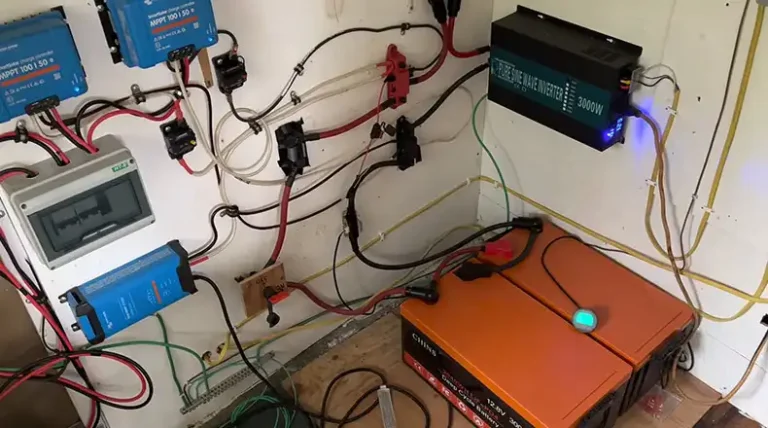
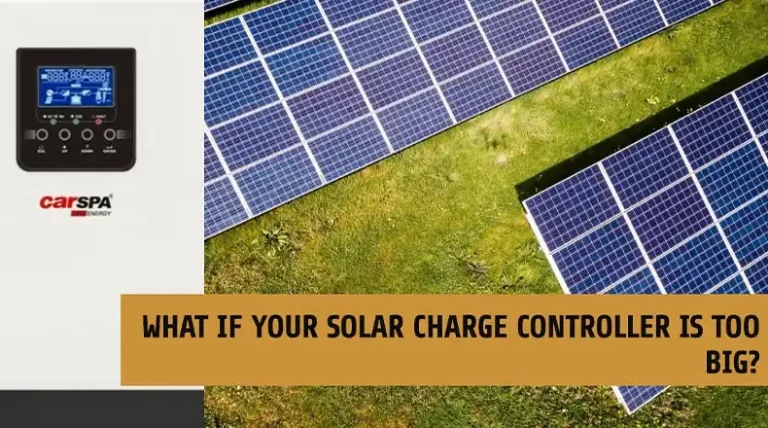


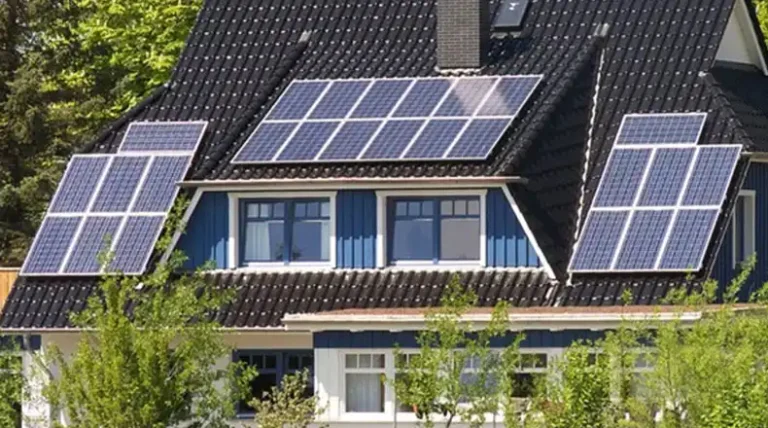
![[ANSWERED] What Size Charge Controller for 1200W Solar Panel?](https://www.itekenergy.com/wp-content/uploads/2023/07/What-Size-Charge-Controller-for-1200W-Solar-Panel-768x428.webp)